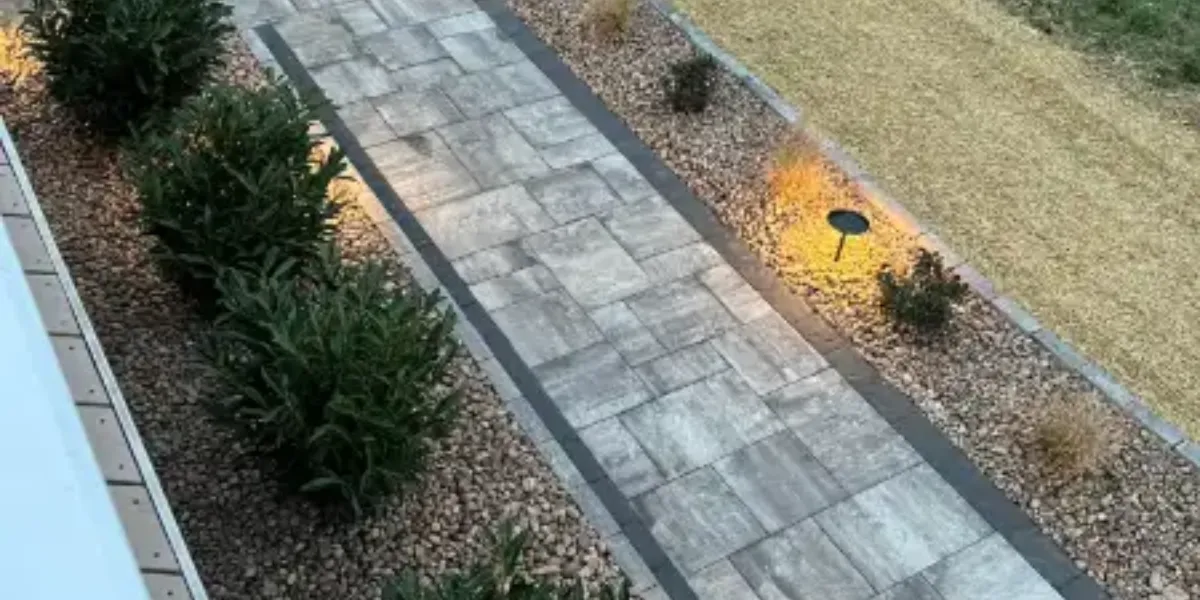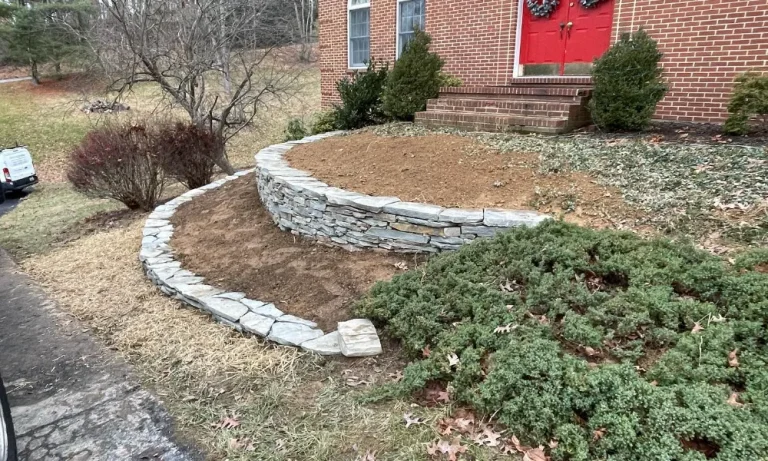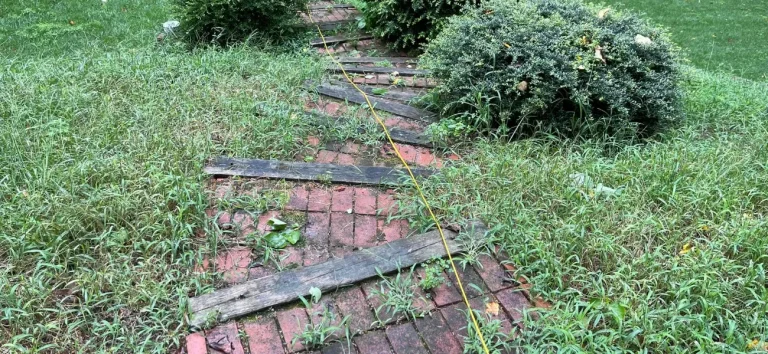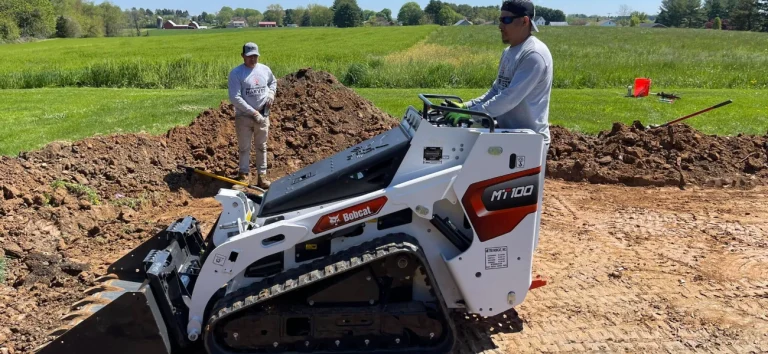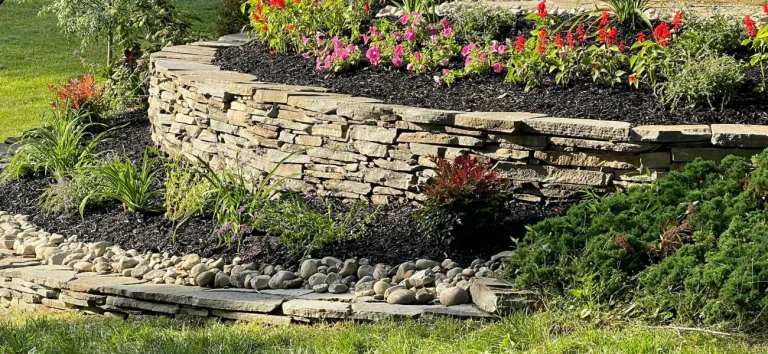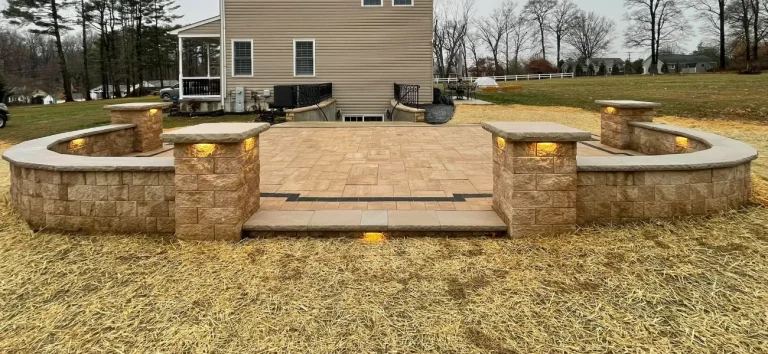Fixing Patio Stains Without Harsh Chemicals
Paver patios are a beautiful and functional addition to your outdoor space—but over time, stains from leaves, food, pets, and foot traffic can take a toll on their appearance. The good news? You don’t need to resort to harsh chemicals to restore your patio’s look.
At Harvest Outdoor Living, we help homeowners in Bel Air and surrounding areas safely clean and maintain their patios using eco-friendly, effective solutions. Here’s how to tackle common patio stains without damaging your pavers—or the environment.
Common patio stains and what causes them
Before attempting to clean your paver patio, it’s important to understand what kind of stain you're dealing with. Identifying the source helps ensure you use the most effective—and safest—cleaning method. It also allows you to take preventive steps to stop the stain from coming back.
Organic stains
These are among the most common types of stains found on patios and walkways.
-
- Tannin stains: Leaves, acorns, pine needles, and mulch can all release tannins as they decompose. These organic compounds seep into porous pavers and create brown or rust-colored blotches.
- Algae and mildew: In shaded or consistently damp areas, algae or mildew can grow on the surface. These appear as green, dark gray, or black stains and may feel slippery underfoot.
- Pollen: During the spring, a fine yellow film can coat your patio and leave behind stains if not rinsed away regularly.
Organic stains tend to build up slowly but can become embedded in the paver surface over time if not properly cleaned.
Food and drink stains
Outdoor meals and cookouts are great until a spill happens—and unfortunately, these are often some of the hardest stains to remove.
-
- Grease and oil: Drippings from a barbecue grill or outdoor kitchen area can quickly penetrate the surface, leaving dark, stubborn marks.
- Beverages and sauces: Red wine, coffee, soda, and tomato-based sauces are all highly pigmented and acidic. If not cleaned promptly, they can cause deep staining.
- Ice cream and sugary drinks: These can leave behind sticky residue that attracts dirt, ants, or mold.
If your patio sees a lot of entertaining, sealing your pavers can offer a layer of protection against this type of staining.
Rust and mineral stains
These often come from external sources and can be mistaken for organic discoloration.
-
- Rust stains: Metal furniture legs, tools left on the patio, or even metal planters can oxidize and leave orange-brown rings or drip marks on your pavers.
- Efflorescence: This white or grayish powdery film is caused by moisture drawing minerals to the surface of concrete pavers. It’s not harmful but can be unsightly.
- Fertilizer or hard water: Runoff from watering plants with well water or using granular fertilizers near the patio can lead to mineral buildup and white spots.
Rust stains may require a special rust remover that's safe for pavers, while efflorescence usually fades over time or can be cleaned with a mild acid-based cleaner.
Pet stains
Pet waste can cause both visual and odor issues on your patio.
-
- Urine: Leaves yellowish stains that can discolor the pavers over time, especially in the joints.
- Feces: Can leave behind dark marks and bacteria if not cleaned quickly.
- Odor: Even after a stain is removed, the smell can linger in unsealed pavers or joint sand.
Enzyme-based cleaners are often the best choice for treating pet-related stains, as they break down the organic compounds without damaging the surface.
Safe and effective cleaning alternatives
Harsh chemical cleaners might promise fast results, but they can damage your paver surface, erode joint sand, and harm nearby plants or lawns. Instead, we recommend these safer, eco-friendly solutions that are often just as effective—especially when paired with a little elbow grease.
1. Vinegar and water solution
This is a go-to method for treating mildew, algae, and general grime.
-
-
- Mix equal parts white vinegar and water in a bucket or spray bottle
- Apply directly to the stain and let it sit for 20–30 minutes
- Scrub using a stiff-bristle brush
- Rinse thoroughly with a garden hose to prevent residue buildup
-
Important: Avoid using vinegar on natural stone patios (like bluestone or limestone), as it can cause surface etching or discoloration.
2. Baking soda paste
Perfect for lifting oil-based stains like grease from a grill or food spills.
-
-
- Mix baking soda with just enough water to create a thick paste
- Apply directly to the stain and let it sit for 10–15 minutes
- Scrub gently, then rinse with clean water
-
This is a safe option for all types of concrete pavers and won’t harm plants or grass.
3. Oxygenated bleach (not chlorine bleach)
Oxygen bleach is non-toxic and biodegradable, making it a great alternative for more stubborn stains.
-
-
- Follow the product instructions to mix with water
- Apply to areas affected by mold, mildew, or organic staining
- Let it sit for the recommended time, then scrub and rinse thoroughly
-
Unlike chlorine bleach, it won’t harm vegetation or bleach the color from your pavers.
4. Boiling water and scrubbing
It may sound too simple, but this method works well for natural tannins and algae.
-
-
- Carefully pour boiling water over the affected area
- Scrub with a stiff brush while the surface is still hot
- Rinse and repeat as needed
-
This technique is especially helpful as a first step before trying one of the other methods above.
When pressure washing makes sense
Sometimes stains are too deep or widespread for scrubbing alone. A light-duty pressure wash can be effective—if done correctly.
-
- Always use a wide fan tip to avoid damaging the surface
- Keep the nozzle moving to prevent streaks or etching
- Avoid high pressure near edges or joints to preserve the sand
At Harvest Outdoor Living, we offer professional cleaning services using the right pressure and eco-friendly cleaners to protect your patio investment.
How to prevent future stains
Keeping your patio stain-free is easier when you stay ahead of buildup. Here are some proven strategies:
Apply a high-quality sealer
-
- Creates a barrier that repels water, grease, and organic matter
- Helps preserve the color and appearance of your pavers
- Locks in joint sand to reduce weed growth and ant activity
- Choose from matte, natural, or glossy finishes depending on your desired look
- Professional application from Harvest Outdoor Living ensures even coverage and long-lasting protection
Sweep and rinse regularly
-
- Sweep weekly to remove leaves, acorns, dirt, and other debris
- Rinse with a hose every few weeks to wash away dust, pollen, and organic material
- Avoid overusing pressure washers, which can erode joints or damage the surface
Use patio mats in high-risk areas
-
- Place breathable mats under grills and outdoor dining sets
- Catch spills and grease before they soak into the pavers
- Choose mats that allow moisture to escape to avoid trapped water
Proudly serving Harford County and beyond
Harvest Outdoor Living provides expert patio maintenance and landscaping services throughout:
-
- Bel Air
- Abingdon
- Forest Hill
- Fallston
- Churchville
- Aberdeen
- Jarrettsville
- Havre De Grace
- Perry Hall
- White Marsh
- And other surrounding Harford County areas
Restore your patio safely and naturally
Let us help you bring your patio back to life—without harsh chemicals.
Whether you need a one-time cleaning, a sealing application, or a full patio renovation, Harvest Outdoor Living is here to help. Our experienced team uses eco-conscious methods that protect your landscape while delivering long-lasting results.
Contact us today to schedule your patio evaluation and learn more about our full range of hardscaping and landscaping services across Harford County.

